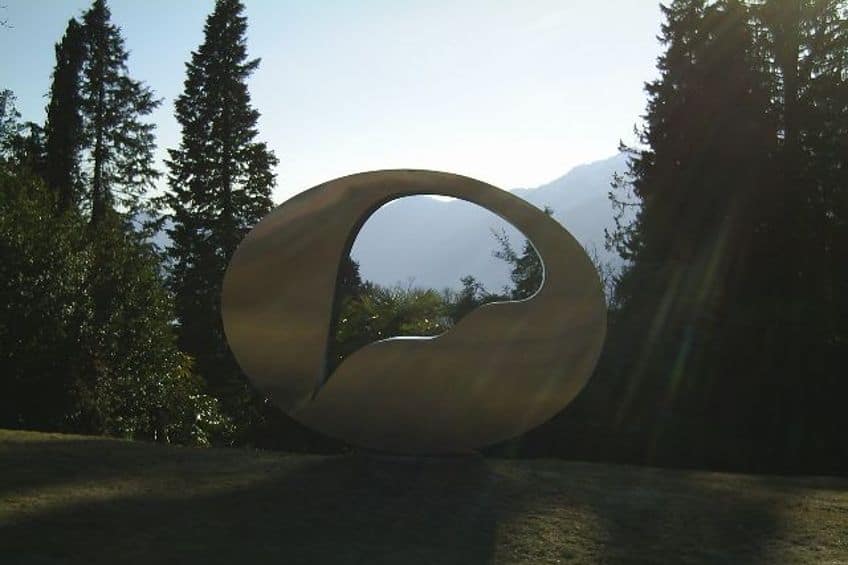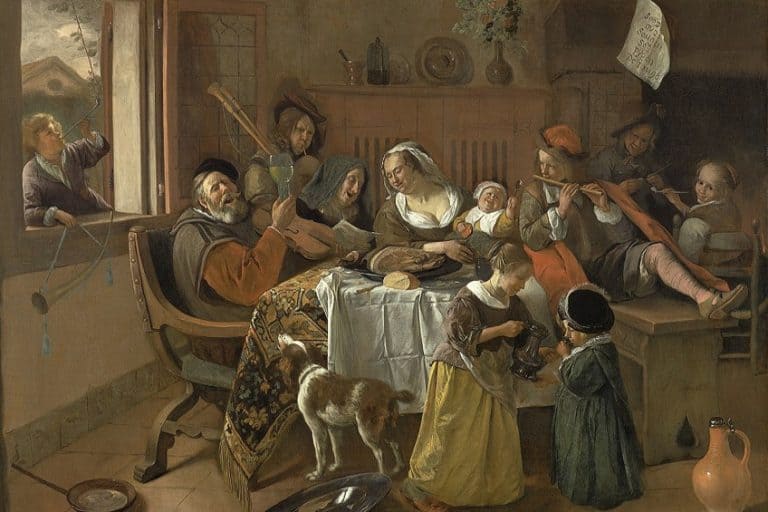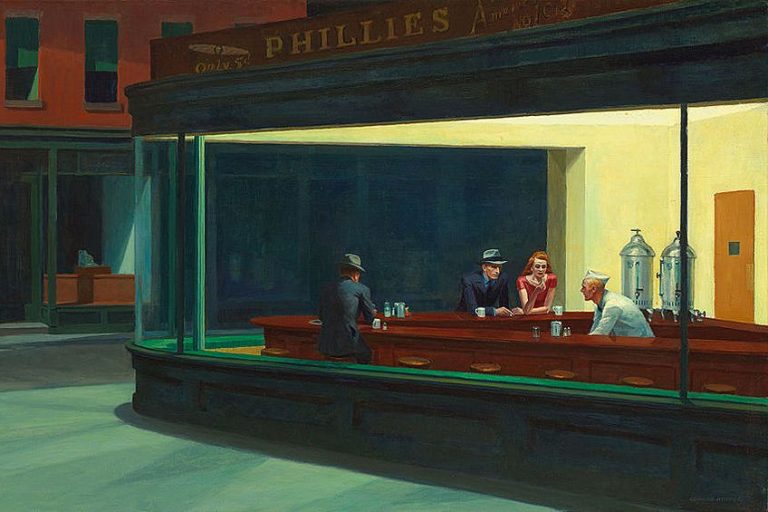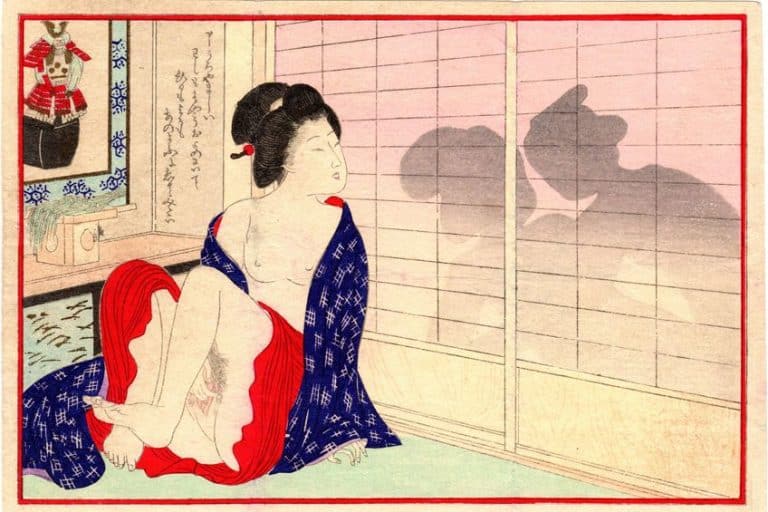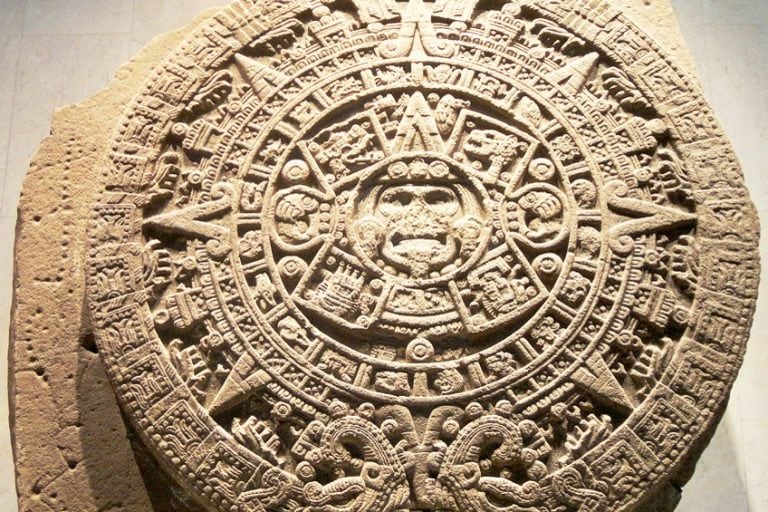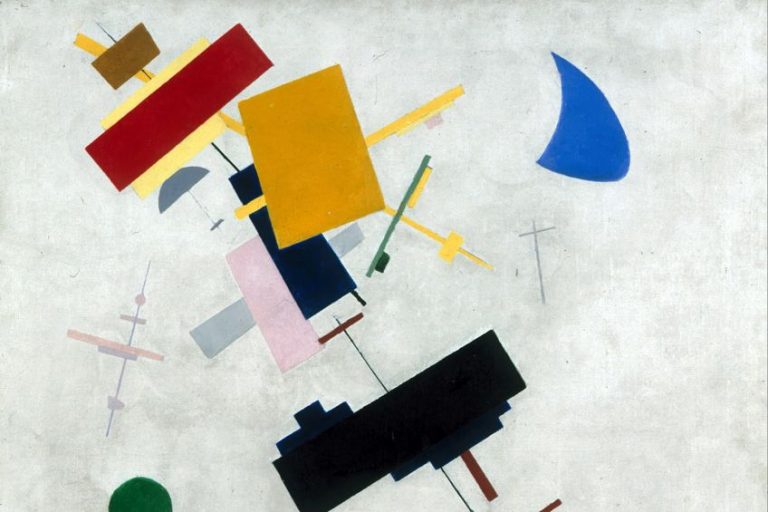Biomorphism – The Artistic Expression of Organic Patterns
Biomorphism art, a fascinating movement within modern art, delves into the organic, fluid, and often surreal forms inspired by nature. Emerging in the early 20th century, biomorphic artists sought to break away from rigid geometric shapes, embracing instead the curves, flows, and rhythms found in living organisms. This artistic approach, rooted in a deep appreciation for the natural world, gave rise to a diverse range of artworks across various mediums, from painting and sculpture to architecture and design. Exploring themes of growth, transformation, and the interconnectedness of life, biomorphism remains a captivating exploration of artistic expression intertwined with the mysteries of the natural world.
Key Takeaways
- Biomorphism is an art movement inspired by organic forms and nature’s inherent patterns.
- It stems from early 20th-century art movements and emphasizes emotionally charged, natural design.
- The movement significantly influences contemporary art and design, fostering organic aesthetics in functional spaces.
What Is the Biomorphism Art Movement?
Biomorphism emerges as a distinctive and influential art movement that takes inspiration from the patterns and shapes found in nature. The term itself suggests a fusion of biology and form, encapsulating a creative approach where artists and designers abstract organic forms to influence their work. This aesthetic sensibility prioritizes fluid lines, natural shapes, and a sense of dynamism, lending a life-like presence to artistic and functional creations.
By embracing the irregular, asymmetrical, and curvilinear aspects of the natural world, biomorphism breaks away from the rigid conformities of traditional artistic representation.
Historically, biomorphism finds its roots in earlier 20th-century art movements like Surrealism and Dada, where the subconscious and the emotive state of the artist played a crucial role in the creation of art. As it evolved, the movement began to intermingle with streams of abstract art, leading to significant creative exploration.
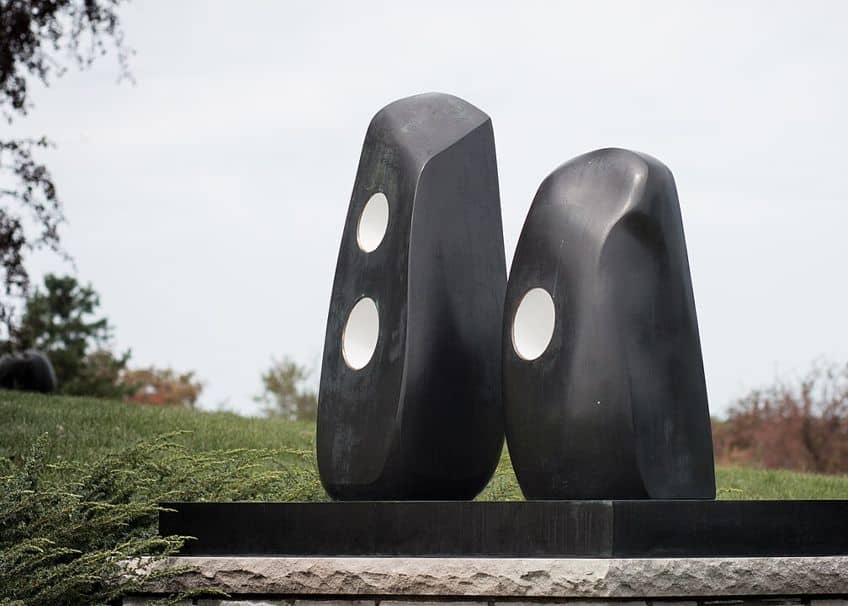
While it is a concept that has been interpreted in various ways across different mediums and cultural contexts, its core lies in the representation and symbolic use of organic forms, evoking a sense of connection to the living world. In the context of design, biomorphism has paved the way for functional objects and architecture that are not only aesthetically pleasing but also resonate on a deeper, almost primal level with human sensibilities. The art form extends to various disciplines, including but not limited to painting and sculpture.
Artists often use the movement’s principles to explore the subconscious mind, resonating with streams of consciousness and automatic techniques popularized by Surrealists. These methods aid in translating inner thoughts into visual expressions without the constraints of formal structure.
Not merely confined to abstract interpretation, biomorphism has also found its application in functional design, where the organic shapes of biomorphic art may be integrated with the practicality of everyday objects. The aesthetic joy in biomorphism lies in its ability to blend the line between the naturally formed and human-made, prompting viewers to recognize the ubiquity of organic forms in both art and the environment around them. Characteristics of biomorphism include:
- Organic: Biomorphism focuses on using shapes that defy rigid geometric forms, reflecting the irregular aspects of nature.
- Fluidity: Artworks often portray a sense of flow and movement, akin to the dynamic processes observed in living entities.
Historical Context of Biomorphism
Biomorphism, an art movement with deep historical roots, represents a significant thread within the wider fabric of 20th-century art. Grounded in the emulation of natural forms, this movement echoes the living essence of organic structures across different artistic expressions.
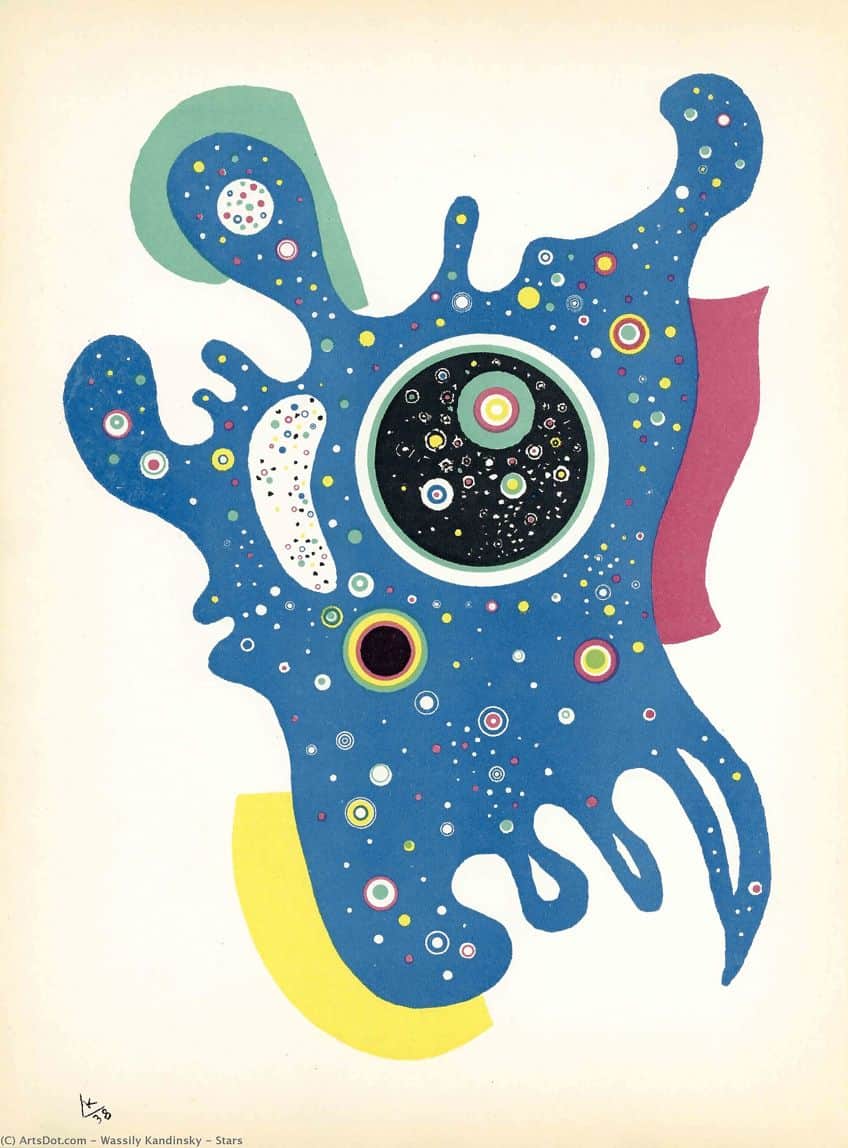
Early Influences and Artists
Biomorphism has its early inklings in ancient art forms, discernible in cave paintings and pottery adorned with organic shapes. Into the 20th century, this inclination towards nature’s forms persisted and found proponents in artists such as Henry Moore and Barbara Hepworth.
Their sculptural works reflect a symbiosis with the natural world, emphasizing curved forms and smooth lines that evoke bodily contours or geological structures.
Biomorphism in Modern Art Movements
With Surrealism, biomorphism found a more definitive anchor. The movement capitalized on Freudian psychoanalysis to explore the unconscious, and biomorphic art became a conduit to visually articulate those inner landscapes. Surrealist artists like Joan Miró and Yves Tanguy channeled biomorphism to create paintings that blend dreamscapes with lifelike motifs. Furthermore, the movement influenced various aspects of modernism, notably intersecting with Cubism and Abstract Art, expanding the visual vocabulary artists had at their disposal to represent the organic and the abstract alike.

Key Ideas and Accomplishments
The term ‘biomorphism’ itself was coined by British art critic Geoffrey Grigson in the early 20th century, helping to concretize the practice as an art movement. Meanwhile, museum director Alfred H. Barr saw the potential for this movement to be integrated into modern design, recognizing that naturally occurring forms could lend a novel aesthetic to functional structures.
During and after World War II, biomorphism’s appeal grew as artists sought a return to humanity and natural forms amidst the conflict’s mechanized brutality.
Prominent Figures in Biomorphism
Several artists stand out in the biomorphic oeuvre. Henry Moore and Barbara Hepworth are noted for their sculptural works that elevated the natural world’s forms into fine art. In the domain of painting, Joan Miró and Yves Tanguy are seminal figures with their surrealist works that embodied the surreal and organic merger that came to characterize biomorphism. Meanwhile, artists like Roberto Matta introduced a dynamism to this blend of natural form and abstraction, affirming biomorphism’s place in the lineage of 20th-century art.
Beginnings of Biomorphism
Biomorphism emerged as an art movement that drew inspiration from the shapes and patterns in nature, integrating organic forms into modern artistic and design practices. This section explores the notable figures and contexts that contributed to the early development of Biomorphism.
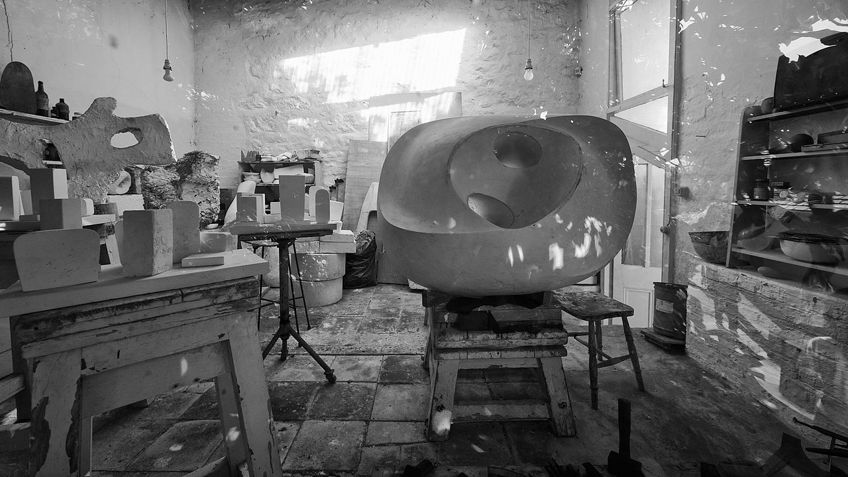
Wassily Kandinsky and Constantin Brâncuși
Wassily Kandinsky, often recognized for his abstract works, incorporated organic shapes suggestive of natural forms. These elements acted as precursors to the biomorphic aesthetic. Similarly, sculptor Constantin Brâncuși’s streamlined forms exemplified a fusion of organic motifs with modernist principles.
This influenced the trajectory of Biomorphism through sculpture.
Hans Arp
Artist Hans Arp was instrumental in advancing the biomorphic style. His work transitioned from abstract patterns to forms evoking natural, biological structures. Arp’s sculptures and collages, characterized by fluid lines and organic shapes, exemplified the principles of Biomorphism.

Scientific Developments
The unfolding of scientific discoveries in the early 20th century, particularly in biology and natural sciences, provided a foundation for artists to mirror the organic world.
These insights into the natural world were paralleled in biomorphic designs, as seen in the works of artists who sought to express these new concepts through art.
Surrealism
The Surrealist movement, thriving on the unconscious and fantastic, embraced Biomorphism. Surrealist artists like Joan Miró employed biomorphic forms to tap into the dreamlike and imaginative aspects of human consciousness, thereby contributing to the vocabulary of Biomorphism.

The World War II Era
In the period leading up to World War II, Biomorphism continued to evolve. Industrial design, affected by both technological advances and the tensions of the impending war, saw a rise in the use of biomorphic themes as a form of escapist expression.
This was symbolically diverging from the mechanical aesthetics associated with industrialization.
Elements and Principles of Biomorphism
The principles of Biomorphism hinge on capturing the essence of the natural world through organic shapes and biological forms in various artistic media. This section explores the elements that define biomorphic shapes, its expression in sculpture and painting, and its application in furniture design, all while considering the use of colors and textures.

Defining Biomorphic Shapes
Biomorphic shapes are essentially abstract forms that emulate patterns and structures found in living organisms. These organic shapes avoid the rigidity of geometric forms, opting instead for flowing, curvilinear lines that suggest growth and movement.
These forms are often asymmetrical, mimicking the imperfections and diversity found in nature.
Biomorphism in Sculpture
Sculpture within the Biomorphism movement utilizes the tactile qualities of materials to mirror the textures and densities found in natural forms. The practice of Direct Carving allows the material’s inherent properties to guide the creation of sculptures with energetic shapes that can evoke thoughts of cells, biological forms, and other elements from the living world.

Biomorphism in Painting
In painting, biomorphism employs a visual language of sinuous lines and shapes derived from natural forms. These elements are interwoven into intricate patterns, sometimes hinting at flora or fauna without explicitly depicting them.
Artists often use this abstraction to represent the internal, unconscious world similar to the Surrealists’ approach.
Biomorphism in Furniture Design
Biomorphic furniture design incorporates decorative elements reminiscent of animals, flowers, or water, woven into the functional aspects of the objects. Designers emphasize ergonomic, fluid shapes, providing both visual interest and comfort that mimic the adaptability and efficiency seen in nature.
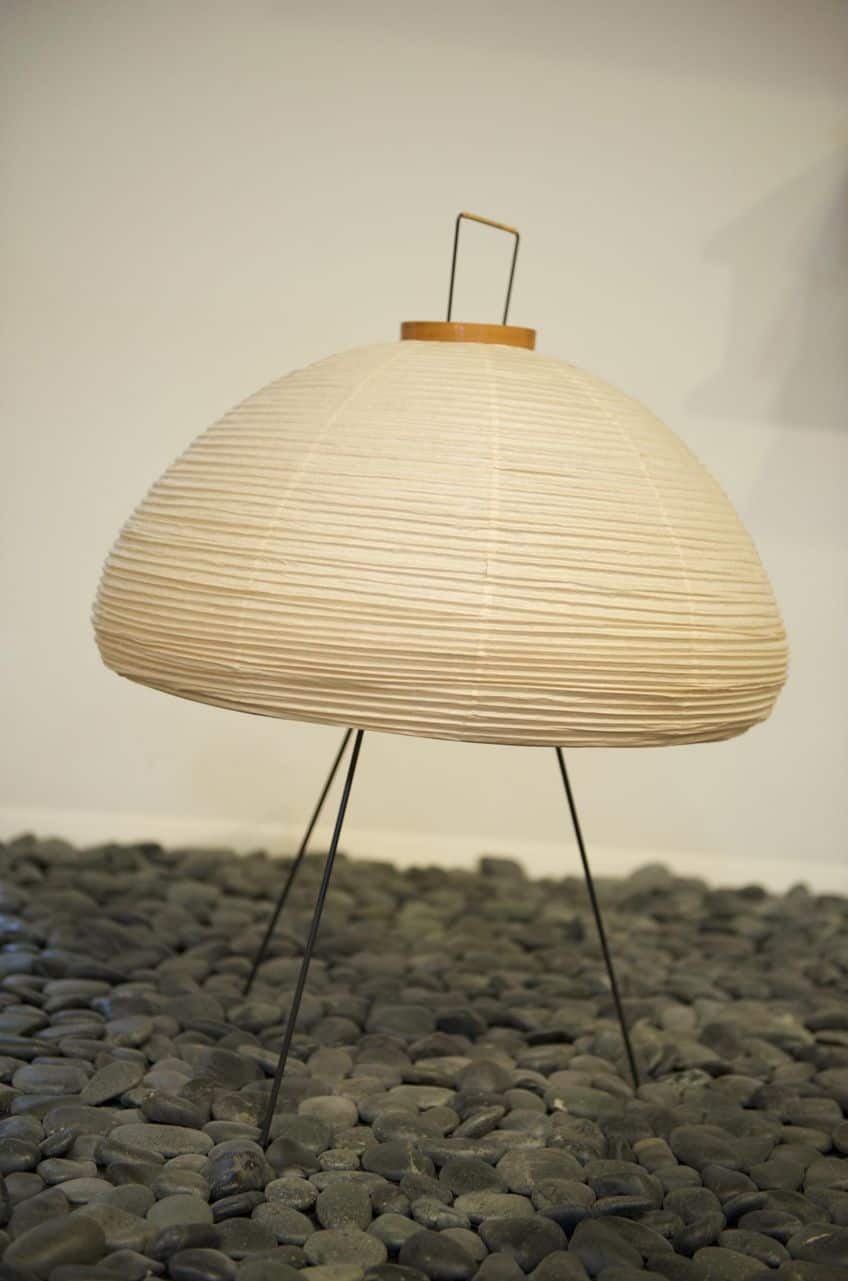
Use of Colors and Textures
Colors and textures in biomorphic art and design further enhance the perception of natural forms. Soft, muted color palettes evoke an organic feel, while bold colors can highlight the intricate patterns of nature.
Textural variation adds depth and realism, creating a multisensory experience that resonates with the complexity of the environment.
Biomorphism: Cultural and Symbolic Interpretation
Biomorphism draws deeply on the cultural and symbolic interpretations as it employs shapes and forms derived from nature, infusing art with metaphorical messages and resonating on an emotional spectrum.
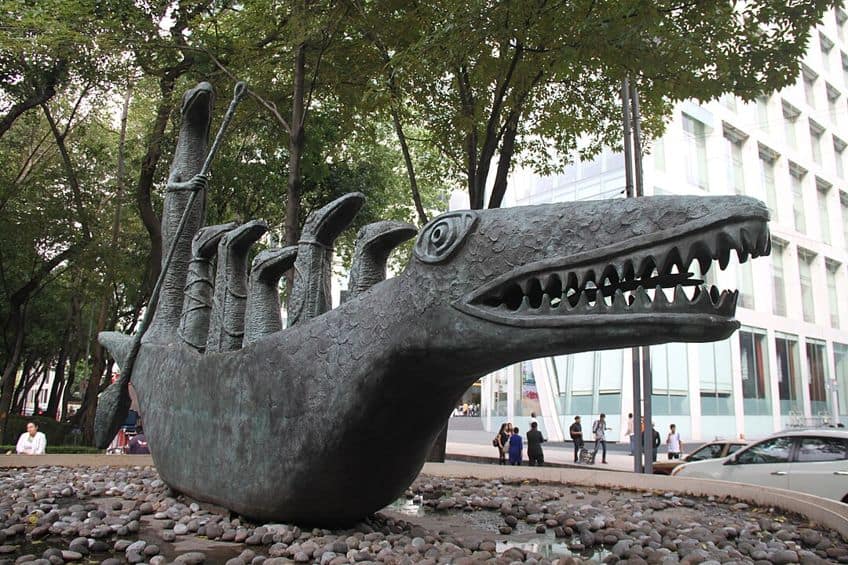
Metaphorical and Emotional Significance
Artists such as Wassily Kandinsky and Jackson Pollock viewed biomorphic forms as conduits to explore emotional and spiritual dimensions. The term biomorphism, derives from the Greek words bios meaning life, and morphe meaning form. It is intrinsically linked with life’s organic shapes and often reflects an artist’s internal state. For instance, the amorphous silhouettes in Louise Bourgeois’s sculptures can evoke visceral emotional responses, embodying personal feelings or states of mind.
Biomorphic art often transcends literal depictions, using organic forms to symbolize more profound ideas. The fluid forms suggest a spontaneous and irrational realm, which could be seen as a visual representation of the subconscious.
Biomorphism as an Artistic Language
In the context of biomorphism, artists like André Masson and Leonora Carrington developed a visual language steeped in symbology and mystique. Artists employ forms such as spirals and amoeba-like shapes, which can be both mystical and symbolic. These organic forms serve as a contrast to the rigid lines of geometric abstraction, emphasizing the contrast between the structured and the spontaneous.

Organic forms, such as those found in abstract expressionism, act like a symbolic shorthand for a myriad of cultural and personal narratives. Desmond Morris used these forms to tap into primitive, almost totemic energies. The usage of biological imagery and references to natural elements, like the spiral, could be perceived as a search for existential meaning or a connection to a broader, universal life force.
Biomorphic Art and Design Today
Biomorphic art and design continue to shape the aesthetics of the modern world, marrying the influences of historical masters with the innovative visions of contemporary creators across art and architecture. The legacy of biomorphism in art and design is a testament to the movement’s original vigor. Isamu Noguchi and Antoni Gaudí are pivotal figures, whose work still resonates in today’s design philosophies. Noguchi’s sculptures and furniture pieces exemplify the seamless integration of organic forms into functional objects.
Likewise, Gaudí’s Sagrada Família, a magnum opus of biomorphic architecture, continues to capture the imagination with its undulating structures inspired by natural forms.
Biomorphism in Contemporary Art
Contemporary artists further develop the biomorphic tradition with fresh interpretations. They create pieces embodying fluidity and life, evident in modernist art’s exploration of abstract, natural shapes. These artists often seek to evoke the essence of living organisms within their work, while resonating with the fundamental principles laid down by their predecessors.

Influence on Interior and Architectural Design
In interior and architectural design, biomorphism has transcended beyond a mere style to become indicative of the symbiosis between human habitats and nature. Alvar Aalto’s designs remain influential, utilizing organic shapes to create harmonious interiors. Additionally, the Palm Mosque designed by Basil Al Bayati is an exemplary model of metaphoric architecture, seamlessly blending intricate natural motifs with functional design elements.
The influence is also seen in various aspects of interior design where furniture, textiles, and decorations echo the dynamism of nature through curvilinear forms and patterns. By marrying organic inspiration with functionality, biomorphism continues to thrive in today’s art and design landscapes, advancing a legacy that refreshes our spaces and everyday experiences.
Biomorphism art stands as a testament to the human fascination with nature’s beauty and complexity. Through its exploration of organic forms, flowing lines, and harmonious compositions, biomorphic art has not only challenged traditional artistic conventions but also provided a unique lens through which to appreciate the interconnectedness of all living things. As we continue to delve into the realms of art and creativity, biomorphism reminds us of the endless inspiration found in the natural world and the boundless possibilities for artistic expression that arise from embracing its diversity and intricacy.
Frequently Asked Questions
What Is the Definition of Biomorphism in Art and Design?
Biomorphism in art and design refers to the usage of organic shapes inspired by forms and structures found in nature. This approach emphasizes fluid lines, contours, and shapes reminiscent of living organisms, often challenging the geometric norms of early 20th-century aesthetics.
How Is Biomorphism Reflected in Architectural Practice?
In architecture, biomorphism manifests through buildings and structures with organic, flowing lines that mimic natural forms. Architects like Alvar Aalto have employed biomorphic principles to achieve harmony with the surrounding environment and to create spaces that evoke natural organisms and landscapes.
What Are Some Quintessential Examples of Biomorphism in Various Mediums?
Notable examples of biomorphism include the Noguchi table in industrial design, sculptures by Jean Arp, and paintings by Yves Tanguy. These works are characterized by their smooth, natural lines and forms that suggest growth and movement akin to those found in plants and animals.
What Philosophies Underpin the Biomorphic Movement in Visual Arts?
Biomorphic art is rooted in the belief that organic forms resonate with viewers on a primal level, evoking the inherent connection between humans and the natural world. It suggests a fluidity of life and a rejection of rigid, mechanical constructs in favor of more dynamic, natural growth and form.
How Does Biomorphic Surrealism Differ from Traditional Surrealism?
Biomorphic surrealism differentiates itself from traditional surrealism through its focus on organic, naturalistic forms as opposed to the more abstract or fantastical imagery often found in surrealist works. While both branches value the unconscious mind and dream-like visions, biomorphic surrealism specifically derives inspiration and aesthetics from nature’s inherent forms.
Isabella studied at the University of Cape Town in South Africa and graduated with a Bachelor of Arts majoring in English Literature & Language and Psychology. Throughout her undergraduate years, she took Art History as an additional subject and absolutely loved it. Building on from her art history knowledge that began in high school, art has always been a particular area of fascination for her. From learning about artworks previously unknown to her, or sharpening her existing understanding of specific works, the ability to continue learning within this interesting sphere excites her greatly.
Her focal points of interest in art history encompass profiling specific artists and art movements, as it is these areas where she is able to really dig deep into the rich narrative of the art world. Additionally, she particularly enjoys exploring the different artistic styles of the 20th century, as well as the important impact that female artists have had on the development of art history.
Learn more about Isabella Meyer and the Art in Context Team.
Cite this Article
Isabella, Meyer, “Biomorphism – The Artistic Expression of Organic Patterns.” Art in Context. April 15, 2024. URL: https://artincontext.org/biomorphism/
Meyer, I. (2024, 15 April). Biomorphism – The Artistic Expression of Organic Patterns. Art in Context. https://artincontext.org/biomorphism/
Meyer, Isabella. “Biomorphism – The Artistic Expression of Organic Patterns.” Art in Context, April 15, 2024. https://artincontext.org/biomorphism/.


